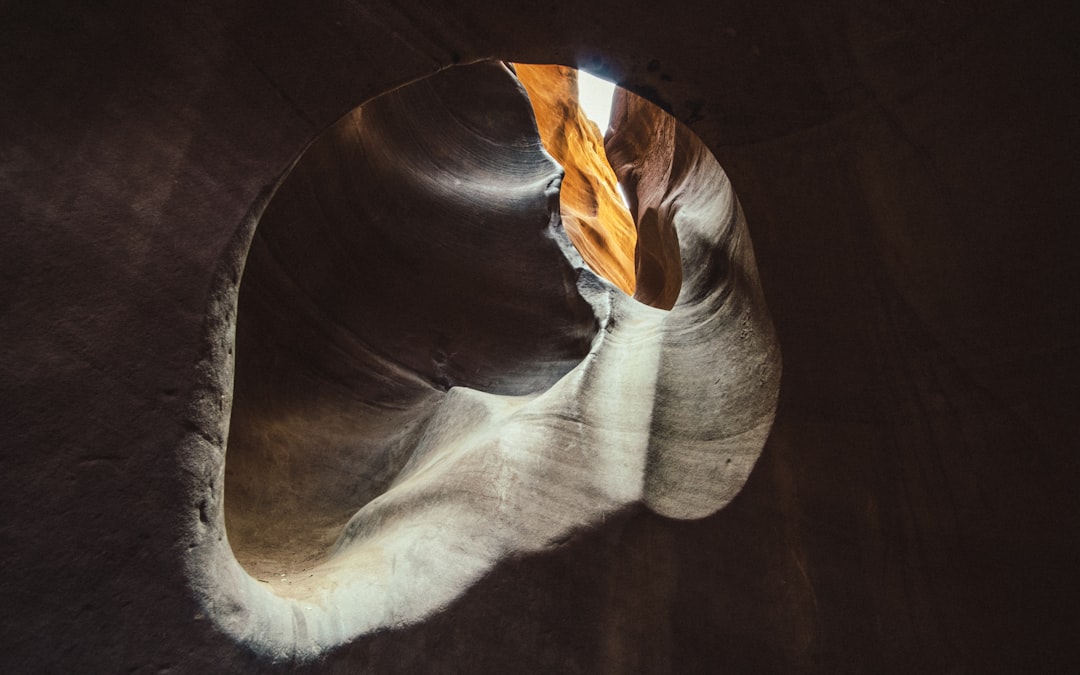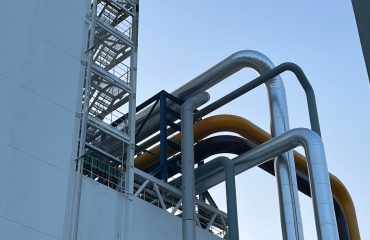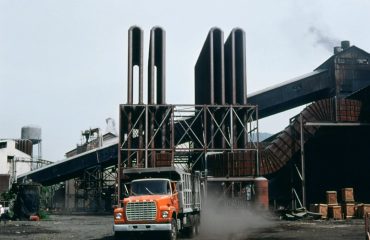body {
font-family: sans-serif;
line-height: 1.6;
}
h1, h2, h3 {
color: #333;
}
Radiographic inspection (RT) is a crucial non-destructive testing (NDT) method used to detect internal flaws in various materials, and pipes are no exception. This powerful technique utilizes ionizing radiation to create images revealing hidden defects, ensuring the integrity and safety of pipelines across numerous industries. This blog post will delve into the intricacies of radiographic inspection in pipes, providing a comprehensive understanding of its applications, processes, and limitations.
Understanding the Principles of Radiographic Pipe Inspection
Radiographic inspection relies on the principle of differential absorption of radiation. A source of ionizing radiation, typically X-rays or gamma rays, is directed through the pipe. Areas of the pipe with consistent density allow most of the radiation to pass through, resulting in a dark area on the film or digital detector. However, flaws like cracks, corrosion, or weld imperfections absorb more radiation, creating lighter areas on the image. These variations in density are then analyzed to identify and characterize the defects.
The choice between X-rays and gamma rays depends on the pipe’s thickness and material. X-rays are generally preferred for thinner-walled pipes due to their better control and lower energy levels, reducing unnecessary exposure. Gamma rays, emitted from radioactive isotopes, are better suited for thicker-walled pipes and offer greater penetration power.
Types of Radiographic Techniques for Pipe Inspection
Several techniques are employed in radiographic pipe inspection, each tailored to specific situations and pipe configurations:
- Double-wall exposure: This method exposes both walls of the pipe simultaneously, providing a complete view of the entire pipe cross-section. It’s particularly useful for detecting longitudinal defects.
- Single-wall exposure: This technique exposes only one wall of the pipe at a time. It’s often used for detecting circumferential defects or in situations where access to only one side of the pipe is possible.
- Real-time radiography: This advanced technique uses digital detectors to provide immediate images, allowing for real-time monitoring of the inspection process and faster identification of flaws.
- Computed radiography (CR): CR uses imaging plates that store the radiation information, which is later read by a scanner to create a digital image. This method offers flexibility and better image quality compared to traditional film radiography.
Applications of Radiographic Pipe Inspection Across Industries
Radiographic inspection is a versatile technique with wide-ranging applications across various industries, including:
- Oil and gas: Ensuring the integrity of pipelines transporting hydrocarbons is paramount. RT helps detect corrosion, cracks, and other defects that could lead to leaks or failures.
- Chemical processing: Pipes in chemical plants handle corrosive substances, making regular inspection crucial. RT helps identify thinning of pipe walls and other degradation caused by chemical exposure.
- Power generation: Pipes in power plants carry high-pressure steam and other fluids. RT ensures the integrity of welds and pipe materials to prevent catastrophic failures.
- Water treatment: Detecting corrosion and internal pitting in water pipes is vital for maintaining water quality and preventing leaks.
- Construction: Radiographic inspection verifies the quality of welds in structural pipes used in buildings and infrastructure projects.
Advantages and Limitations of Radiographic Pipe Inspection
While highly effective, radiographic inspection has both advantages and limitations:
Advantages:
- High sensitivity: RT can detect even small flaws that might be missed by other NDT methods.
- Permanent record: The radiographic images provide a permanent record of the inspection, allowing for future analysis and comparison.
- Versatile: RT can be applied to various pipe materials, sizes, and configurations.
- Comprehensive assessment: It provides a detailed assessment of the pipe’s internal condition.
Limitations:
- Safety concerns: Ionizing radiation poses safety risks, requiring strict adherence to safety protocols and trained personnel.
- Cost: RT can be relatively expensive compared to other NDT methods.
- Accessibility: Access to the pipe may be limited, requiring specialized equipment or techniques.
- Interpretation: Interpretation of radiographic images requires skilled and experienced personnel.
Safety Precautions in Radiographic Pipe Inspection
Safety is paramount during radiographic pipe inspection. Stringent safety protocols must be followed to minimize radiation exposure to personnel and the environment. These include:
- Radiation shielding: Using appropriate shielding materials like lead to protect personnel from radiation.
- Distance: Maintaining a safe distance from the radiation source during exposure.
- Time: Minimizing the time spent in the radiation area.
- Personal protective equipment (PPE): Using dosimeters to monitor radiation exposure and wearing protective clothing.
- Regulatory compliance: Adhering to all relevant national and international radiation safety regulations.
- Trained personnel: Employing only trained and certified personnel to conduct and supervise the inspection.
Radiographic inspection plays a vital role in ensuring the safety and reliability of pipelines across diverse industries. By understanding its principles, techniques, and limitations, we can effectively utilize this powerful tool to maintain the integrity of our critical infrastructure.
Tags: Radiographic Inspection, Pipe Inspection, NDT, Non-Destructive Testing, X-ray Inspection, Gamma Ray Inspection, Pipeline Safety




